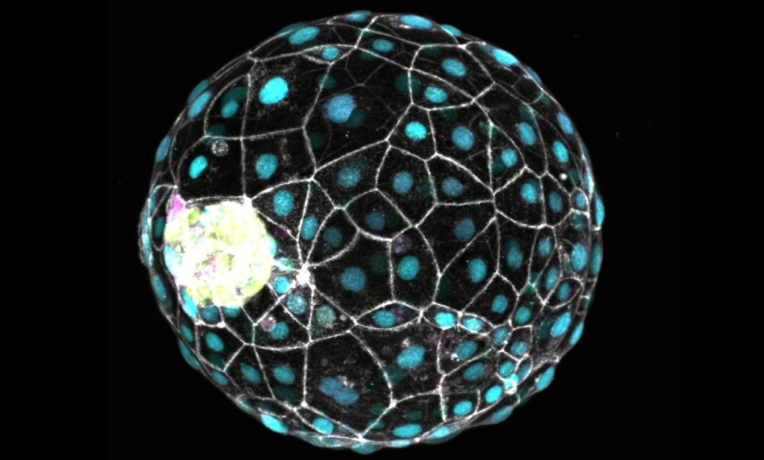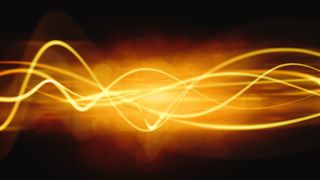
Humans could also have a mechanism to temporarily slow down the development of an embryo.

Japanese researchers have uncovered inorganic nanostructures around deep-ocean hydrothermal vents that closely resemble key molecules involved in life processes.

John Hopfield and Geoffrey Hinton won for discoveries that paved the way for the AI boom.

Deep beneath the Earth’s surface, an extraordinary discovery has been made. Microbes — alive and thriving — have been found sealed within a fracture of 2-billion-year-old rock.

This discovery may shed light on new physics, taking us closer to breakthroughs in particle interactions beyond the Standard Model.

Scientists have now identified a strange slice of Earth deep below the Pacific that may explain why this region is currently creating the world's fastest spreading ocean ridge – the East Pacific Rise.

Crinkles and divots in the surface of Earth on Türkiye's Central Anatolian Plateau are the smoking gun for a newly discovered class of plate tectonics.

Bacteria can develop a heightened new sensitivity to acid levels when exposed to different environmental extremes in the laboratory, a new study shows.

At the Large Hadron Collider in Geneva, the world's largest particle accelerator, an experiment called ATLAS has just found entanglement in pairs of top quarks: the heaviest particles known to science.

In their experiments, German physicists observed the dimensional crossover from one to two dimensions in a harmonically trapped gas of photons (light particles) and studied its properties.

Given the right conditions, certain types of cells are able to self-assemble into new lifeforms after the organism they were once part of has died.

Earthquake scientists detected an unusual signal on monitoring stations used to detect seismic activity during September 2023. The signal was unlike any previously recorded.

This 'Great Dying' appears to have been driven by a complex series of incidents, with a new study finding prolonged, intense climate fluctuations not unlike modern El Niños almost undoubtedly made a bad situation a lot worse.

A completely new structure of light just dropped, called the chiral vortex – and the international team of scientists behind its creation says it could be crucial in developing new drugs and in accurately diagnosing diseases.

Atomic clocks are the most accurate timekeepers we have, losing only seconds across billions of years. But apparently that's not accurate enough - nuclear clocks could steal their thunder, speeding up GPS and the internet.